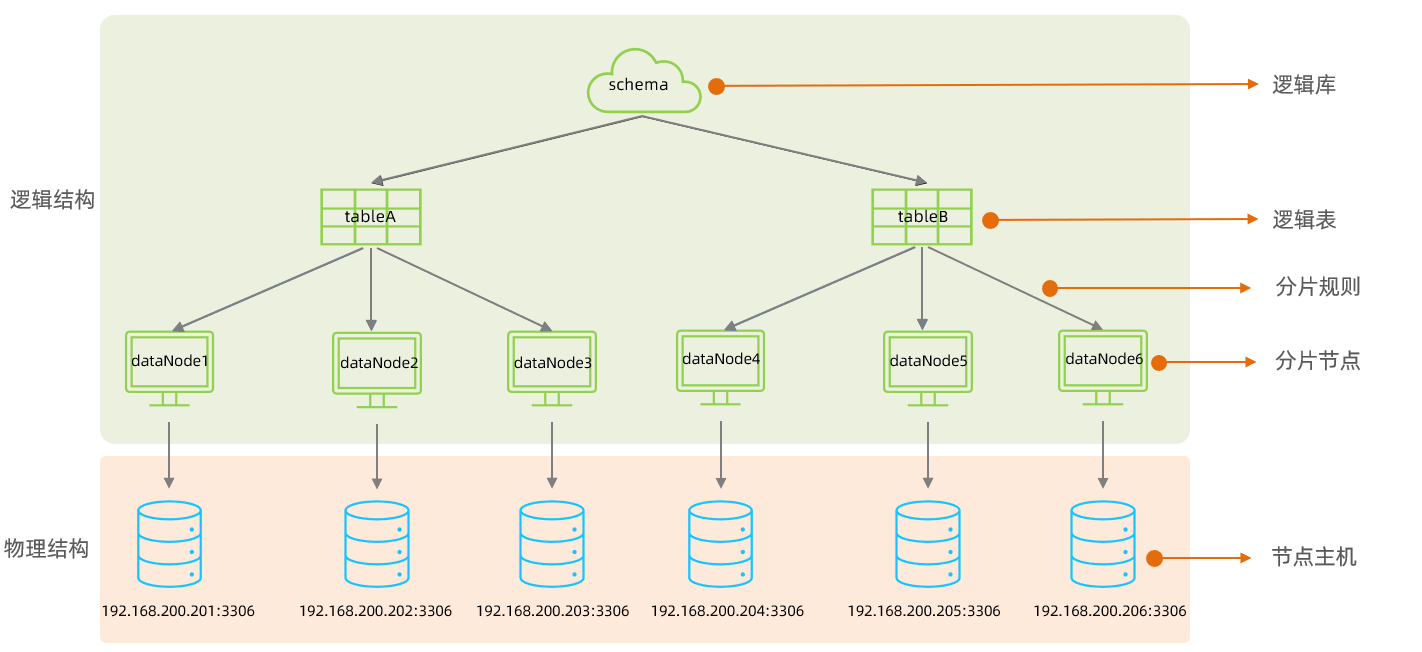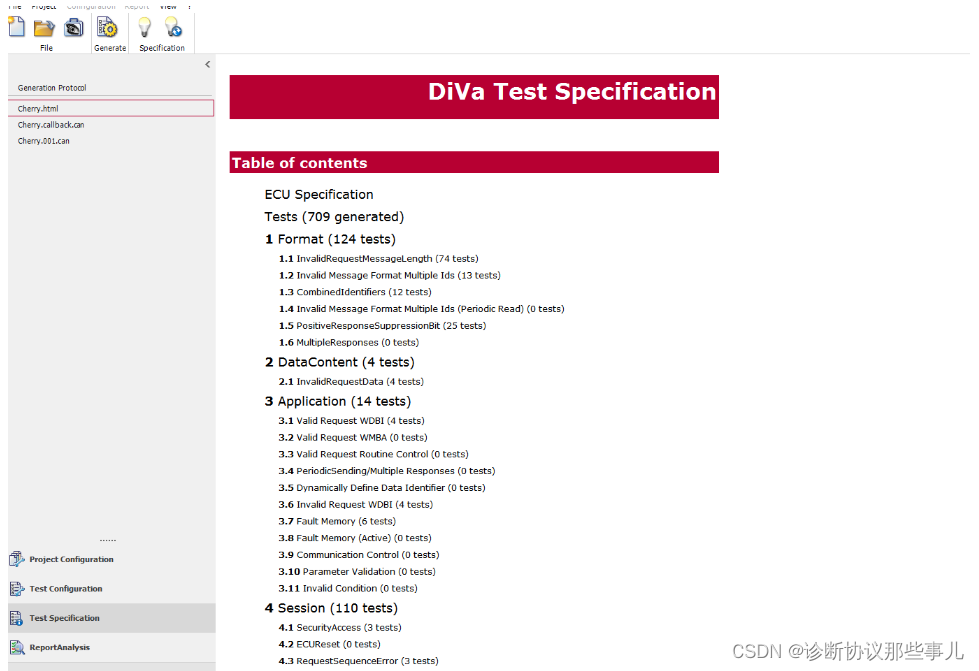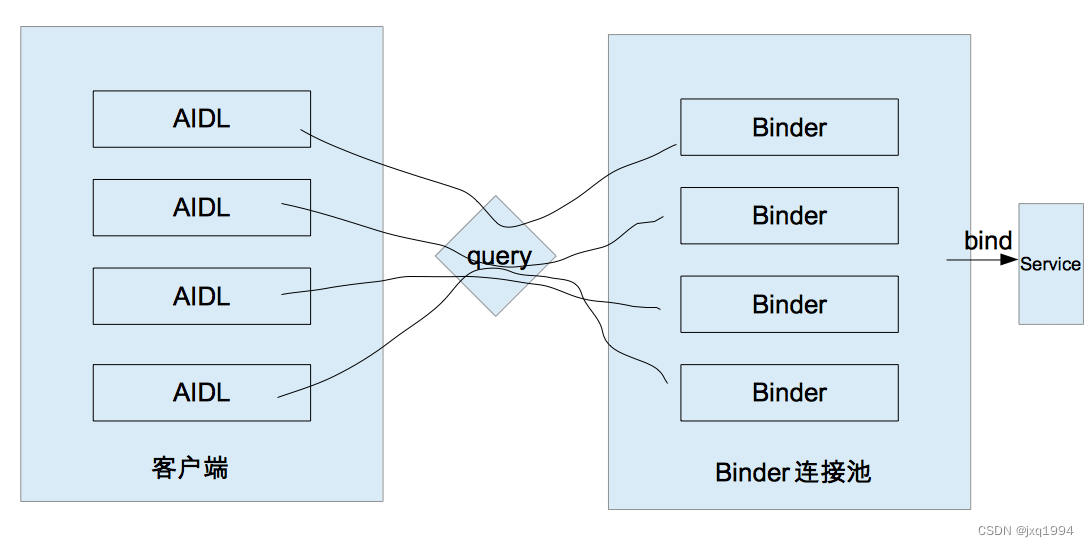Qt Application Manager启动应用源码分析
- Qt Application Manager(以下简称QTAM)是QT推出的一款应用管理程序,可以把它简单理解成Android的Launcher+SystemUI。但是,QTAM又集成了Wayland功能,并且自身实现了一套Compositor。QTAM以多进程启动情况下(默认),其地位相当于 Launcher+SystemUI+Compositor。
- 关于QTAM的基本介绍可以参考《Qt Application Manager简介》
启用应用
-
QTAM作为一款应用管理程序,适用于嵌入式端(如车载)应用。利用QT开发的应用程序只需要简单适配一下QTAM的规范,可以大幅度减少开发一套应用管理程序的成本。同时QTAM支持QML方式。应用管理最基本的功能,是应用的启动。下面基于QTAM 6.2.2版本进行分析。

-
启动应用的接口ApplicationManager:: startApplication,该接口可以以C++或QML的形式调用(下述摘取了部分源码)
// src\manager-lib\applicationmanager.h
class ApplicationManager : public QAbstractListModel
{
Q_OBJECT
Q_CLASSINFO("D-Bus Interface", "io.qt.ApplicationManager")
Q_CLASSINFO("AM-QmlType", "QtApplicationManager.SystemUI/ApplicationManager 2.0 SINGLETON")
public:
// 通过C++和QML互相调用的方式,QML端也可以调用到该接口。
// 关于QML调用C++,网上文章比较多可自行百度。
Q_SCRIPTABLE bool startApplication(const QString &id, const QString &documentUrl = QString());
}
// src\manager-lib\applicationmanager.cpp
bool ApplicationManager::startApplication(const QString &id, const QString &documentUrl)
{
try {
return startApplicationInternal(id, documentUrl);
} catch (const Exception &e) {
qCWarning(LogSystem) << e.what();
return false;
}
}
// src\manager-lib\applicationmanager.cpp
bool ApplicationManager::startApplicationInternal(const QString &appId, const QString &documentUrl,
const QString &documentMimeType,
const QString &debugWrapperSpecification,
const QVector<int> &stdioRedirections) Q_DECL_NOEXCEPT_EXPR(false)
{
// 根据appid,获取到应用信息。appid唯一标识应用
Application *app = fromId(appId);
// 获取应用的RunTime,Runtime可以理解为应用运行时。QTAM提供多种Runtime,比如NativeRuntime、QML Runtime等。
AbstractRuntime *runtime = app->currentRuntime();
auto runtimeManager = runtime ? runtime->manager() : RuntimeFactory::instance()->manager(app->runtimeName());
if (!runtimeManager)
throw Exception("No RuntimeManager found for runtime: %1").arg(app->runtimeName());
// 判断QtAM运行的是多进程模式,还是单进程模式(默认为多进程模式,即每个应用以单独的进程启动)
bool inProcess = runtimeManager->inProcess();
// 判断当前rimtime的状态。 应用的状态为 StartingUp-> Running -> ShuttingDown -> NotRunning
// 第一次启动时,这里为NotRunning
if (runtime) {
switch (runtime->state()) {
case Am::StartingUp:
case Am::Running:
if (!debugWrapperCommand.isEmpty()) {
throw Exception("Application %1 is already running - cannot start with debug-wrapper: %2")
.arg(app->id(), debugWrapperSpecification);
}
// documentUrl为应用入口。比如一个QML文件。
if (!documentUrl.isNull())
runtime->openDocument(documentUrl, documentMimeType);
else if (!app->documentUrl().isNull())
runtime->openDocument(app->documentUrl(), documentMimeType);
// 激活App
emitActivated(app);
return true;
case Am::ShuttingDown:
return false;
case Am::NotRunning:
break;
}
}
// container指应用运行上下文(Context)
AbstractContainer *container = nullptr;
QString containerId;
// 如果是多进程模式
if (!inProcess) {
if (d->containerSelectionConfig.isEmpty()) {
// 默认使用ProcessContainer
containerId = qSL("process");
} else {
// check config file
for (const auto &it : qAsConst(d->containerSelectionConfig)) {
const QString &key = it.first;
const QString &value = it.second;
bool hasAsterisk = key.contains(qL1C('*'));
if ((hasAsterisk && key.length() == 1)
|| (!hasAsterisk && key == app->id())
|| QRegularExpression(QRegularExpression::wildcardToRegularExpression(key)).match(app->id()).hasMatch()) {
containerId = value;
break;
}
}
}
if (d->containerSelectionFunction.isCallable()) {
QJSValueList args = { QJSValue(app->id()), QJSValue(containerId) };
containerId = d->containerSelectionFunction.call(args).toString();
}
if (!ContainerFactory::instance()->manager(containerId))
throw Exception("No ContainerManager found for container: %1").arg(containerId);
}
bool attachRuntime = false;
if (!runtime) {
if (!inProcess) {
// 快启动模式,可以理解为预先启动几个(有上限)的Runtime+Contianer,预先加载了一些资源。
if (QuickLauncher::instance()) {
// 该情况比较特殊,不考虑。
}
if (!container) {
// 创建Container
container = ContainerFactory::instance()->create(containerId, app, stdioRedirections,
debugEnvironmentVariables, debugWrapperCommand);
} else {
container->setApplication(app);
}
if (!container) {
qCCritical(LogSystem) << "ERROR: Couldn't create Container for Application (" << app->id() <<")!";
return false;
}
if (runtime)
attachRuntime = true;
}
if (!runtime)
runtime = RuntimeFactory::instance()->create(container, app);
if (runtime)
emit internalSignals.newRuntimeCreated(runtime);
}
if (!runtime) {
qCCritical(LogSystem) << "ERROR: Couldn't create Runtime for Application (" << app->id() <<")!";
return false;
}
// 绑定信号与槽。监听应用状态变化。
connect(runtime, &AbstractRuntime::stateChanged, this, [this, app](Am::RunState newRuntimeState) {
app->setRunState(newRuntimeState);
emit applicationRunStateChanged(app->id(), newRuntimeState);
emitDataChanged(app, QVector<int> { IsRunning, IsStartingUp, IsShuttingDown });
});
// 加载应用入口。
if (!documentUrl.isNull())
runtime->openDocument(documentUrl, documentMimeType);
else if (!app->documentUrl().isNull())
runtime->openDocument(app->documentUrl(), documentMimeType);
if (inProcess) {
// 如果是单进程模式(以线程方式启动应用)
bool ok = runtime->start();
if (ok)
emitActivated(app);
else
runtime->deleteLater();
return ok;
} else {
// We can only start the app when both the container and the windowmanager are ready.
// Using a state-machine would be one option, but then we would need that state-machine
// object plus the per-app state. Relying on 2 lambdas is the easier choice for now.
// 多进程模式下,QTAM需要完成了Compositor初始化,才可以启动应用。
auto doStartInContainer = [this, app, attachRuntime, runtime]() -> bool {
// 首次启动应用默认走 runtime->start()
bool successfullyStarted = attachRuntime ? runtime->attachApplicationToQuickLauncher(app)
: runtime->start();
if (successfullyStarted)
emitActivated(app);
else
runtime->deleteLater(); // ~Runtime() will clean app->nonAliased()->m_runtime
return successfullyStarted;
};
auto tryStartInContainer = [container, doStartInContainer]() -> bool {
if (container->isReady()) {
// Since the container is already ready, start the app immediately
return doStartInContainer();
} else {
// We postpone the starting of the application to a later point in time,
// since the container is not ready yet
# if defined(Q_CC_MSVC)
qApp->connect(container, &AbstractContainer::ready, doStartInContainer); // MSVC cannot distinguish between static and non-static overloads in lambdas
# else
connect(container, &AbstractContainer::ready, doStartInContainer);
#endif
return true;
}
};
if (isWindowManagerCompositorReady()) {
return tryStartInContainer();
} else {
connect(this, &ApplicationManager::windowManagerCompositorReadyChanged, tryStartInContainer);
return true;
}
}
}
- 上面的代码中,主要就是通过AppID获取应用对象(包含应用信息)、创建应用Runtime、创建应用Container(Context)、加载应用入口(比如QML文件)、调用RunTime启动应用。加载应用入口文件,实际上会调用QML引擎解析QML文件。这里主要关注RunTime如何将应用进程启动。
- 多进程默认情况下,走NativeRuntime。
// src\manager-lib\nativeruntime.cpp
bool NativeRuntime::start()
{
// 首次启动时,状态为 Am::NotRunning
switch (state()) {
case Am::StartingUp:
case Am::Running:
return true;
case Am::ShuttingDown:
return false;
case Am::NotRunning:
break;
}
// 初始化OpenGL配置
if (m_app)
openGLConfig = m_app->info()->openGLConfiguration();
if (openGLConfig.isEmpty())
openGLConfig = manager()->systemOpenGLConfiguration();
if (!openGLConfig.isEmpty())
uiConfig.insert(qSL("opengl"), openGLConfig);
// 获取Icon
QString iconThemeName = manager()->iconThemeName();
QStringList iconThemeSearchPaths = manager()->iconThemeSearchPaths();
if (!iconThemeName.isEmpty())
uiConfig.insert(qSL("iconThemeName"), iconThemeName);
if (!iconThemeSearchPaths.isEmpty())
uiConfig.insert(qSL("iconThemeSearchPaths"), iconThemeSearchPaths);
QVariantMap config = {
{ qSL("logging"), loggingConfig },
{ qSL("baseDir"), QDir::currentPath() },
{ qSL("runtimeConfiguration"), configuration() },
{ qSL("securityToken"), qL1S(securityToken().toHex()) },
{ qSL("dbus"), dbusConfig }
};
if (!m_startedViaLauncher && !m_isQuickLauncher)
config.insert(qSL("systemProperties"), systemProperties());
if (!uiConfig.isEmpty())
config.insert(qSL("ui"), uiConfig);
QMap<QString, QString> env = {
{ qSL("QT_QPA_PLATFORM"), qSL("wayland") },
{ qSL("QT_IM_MODULE"), QString() }, // Applications should use wayland text input
{ qSL("QT_SCALE_FACTOR"), QString() }, // do not scale wayland clients
{ qSL("AM_CONFIG"), QString::fromUtf8(QtYaml::yamlFromVariantDocuments({ config })) },
{ qSL("QT_WAYLAND_SHELL_INTEGRATION"), qSL("xdg-shell")},
};
// 判断DLT(一种日志服务)是否开启。
if (!Logging::isDltEnabled()) {
// sadly we still need this, since we need to disable DLT as soon as possible
env.insert(qSL("AM_NO_DLT_LOGGING"), qSL("1"));
}
// 获取环境变量(QT也有自己的一套环境变量)
for (QMapIterator<QString, QVariant> it(configuration().value(qSL("environmentVariables")).toMap()); it.hasNext(); ) {
it.next();
if (!it.key().isEmpty())
env.insert(it.key(), it.value().toString());
}
QStringList args;
if (!m_startedViaLauncher) {
args.append(variantToStringList(m_app->runtimeParameters().value(qSL("arguments"))));
// 获取启动参数
if (!m_document.isNull())
args << qSL("--start-argument") << m_document;
// 如果DLT没有开启的话
if (!Logging::isDltEnabled())
args << qSL("--no-dlt-logging");
} else {
if (m_isQuickLauncher)
args << qSL("--quicklaunch");
args << QString::fromLocal8Bit(ProcessTitle::placeholderArgument); // must be last argument
}
emit signaler()->aboutToStart(this);
// 调用Container,启动应用
m_process = m_container->start(args, env, config);
if (!m_process)
return false;
// 绑定信号,获得应用状态。
QObject::connect(m_process, &AbstractContainerProcess::started,
this, &NativeRuntime::onProcessStarted);
QObject::connect(m_process, &AbstractContainerProcess::errorOccured,
this, &NativeRuntime::onProcessError);
QObject::connect(m_process, &AbstractContainerProcess::finished,
this, &NativeRuntime::onProcessFinished);
// 到此默认认为应用已经启动。通过上面的三个绑定信号操作,可以更新状态。
setState(Am::StartingUp);
return true;
}
- Runtime调用Container启动应用,默认情况下走ProcessContainer,这里会调用QProcess创建出应用进程。
// src\manager-lib\processcontainer.cpp
AbstractContainerProcess *ProcessContainer::start(const QStringList &arguments,
const QMap<QString, QString> &runtimeEnvironment,
const QVariantMap &amConfig)
{
// m_program 是 Appman 这个二进制程序。是QTAM提供的用来加载应用的程序。
if (!QFile::exists(m_program)) {
qCWarning(LogSystem) << "Program" << m_program << "not found";
return nullptr;
}
// 创建HostProcess,通过它创建出进程。
HostProcess *process = new HostProcess();
process->setWorkingDirectory(m_baseDirectory);
process->setProcessEnvironment(penv);
process->setStopBeforeExec(configuration().value(qSL("stopBeforeExec")).toBool());
process->setStdioRedirections(m_stdioRedirections);
QString command = m_program;
QStringList args = arguments;
if (!m_debugWrapperCommand.isEmpty()) {
auto cmd = DebugWrapper::substituteCommand(m_debugWrapperCommand, m_program, arguments);
command = cmd.takeFirst();
args = cmd;
}
qCDebug(LogSystem) << "Running command:" << command << "arguments:" << args;
// 实际上,第一个参数是Appman这个二进程程序的路径。
// 例如: /system/bin/Appman
// 调用HostProcess启动应用
process->start(command, args);
m_process = process;
setControlGroup(configuration().value(qSL("defaultControlGroup")).toString());
return process;
}
// src\manager-lib\processcontainer.cpp
void HostProcess::start(const QString &program, const QStringList &arguments)
{
// 绑定各种状态信号
connect(m_process, &QProcess::started, this, [this]() {
// we to cache the pid in order to have it available after the process crashed
m_pid = m_process->processId();
emit started();
});
connect(m_process, &QProcess::errorOccurred, this, [this](QProcess::ProcessError error) {
emit errorOccured(static_cast<Am::ProcessError>(error));
});
connect(m_process, static_cast<void (QProcess::*)(int,QProcess::ExitStatus)>(&QProcess::finished),
this, [this](int exitCode, QProcess::ExitStatus exitStatus) {
emit finished(exitCode, static_cast<Am::ExitStatus>(exitStatus));
});
connect(m_process, &QProcess::stateChanged,
this, [this](QProcess::ProcessState newState) {
emit stateChanged(static_cast<Am::RunState>(newState));
});
#if defined(Q_OS_UNIX)
// make sure that the redirection fds do not have a close-on-exec flag, since we need them
// in the child process.
for (int fd : qAsConst(m_stdioRedirections)) {
if (fd < 0)
continue;
int flags = fcntl(fd, F_GETFD);
if (flags & FD_CLOEXEC)
fcntl(fd, F_SETFD, flags & ~FD_CLOEXEC);
}
#endif
// QProcess *m_process;
// 调用QProcess的start函数,这个类会根据入参启动进程。
// 参数Program是 Appman这个二进制程序。
// 参数arguments作为入参,传给Appman这个二进制程序。
// 到此应用进程就启动起来了。
m_process->start(program, arguments);
#if defined(Q_OS_UNIX)
// we are forked now and the child process has received a copy of all redirected fds
// now it's time to close our fds, since we don't need them anymore (plus we would block
// the tty where they originated from)
for (int fd : qAsConst(m_stdioRedirections)) {
if (fd >= 0)
::close(fd);
}
#endif
}
- 上述代码中,实际上利用了QProcess这个,将Appman(二进制程序)和入参(比如应用的QML启动文件)作为参数。通过QProcess创建了新的进程,启动了应用程序。
从上述代码中,可以看出QTAM多进程模式下,是通过QProcess创建了子进程来加载AppMan(可以理解为Applauncher),根据入参(应用的QML文件)启动了应用。并且监听了QProcess的状态 ,用来设置对应的应用状态。
其实很多应用管理模块,启用应用的大概思路也是这样的。这种思路,在新规AppManager模块时可作为借鉴。

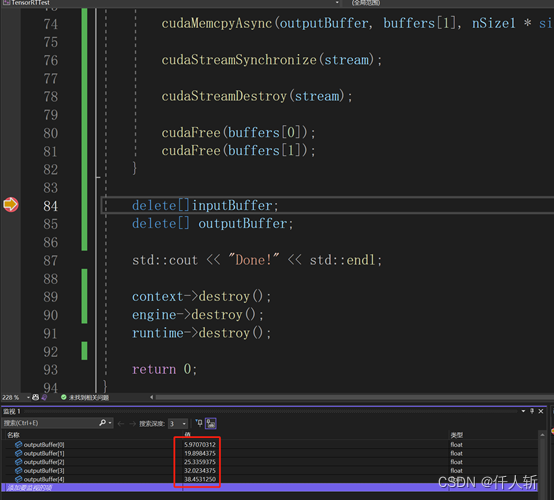



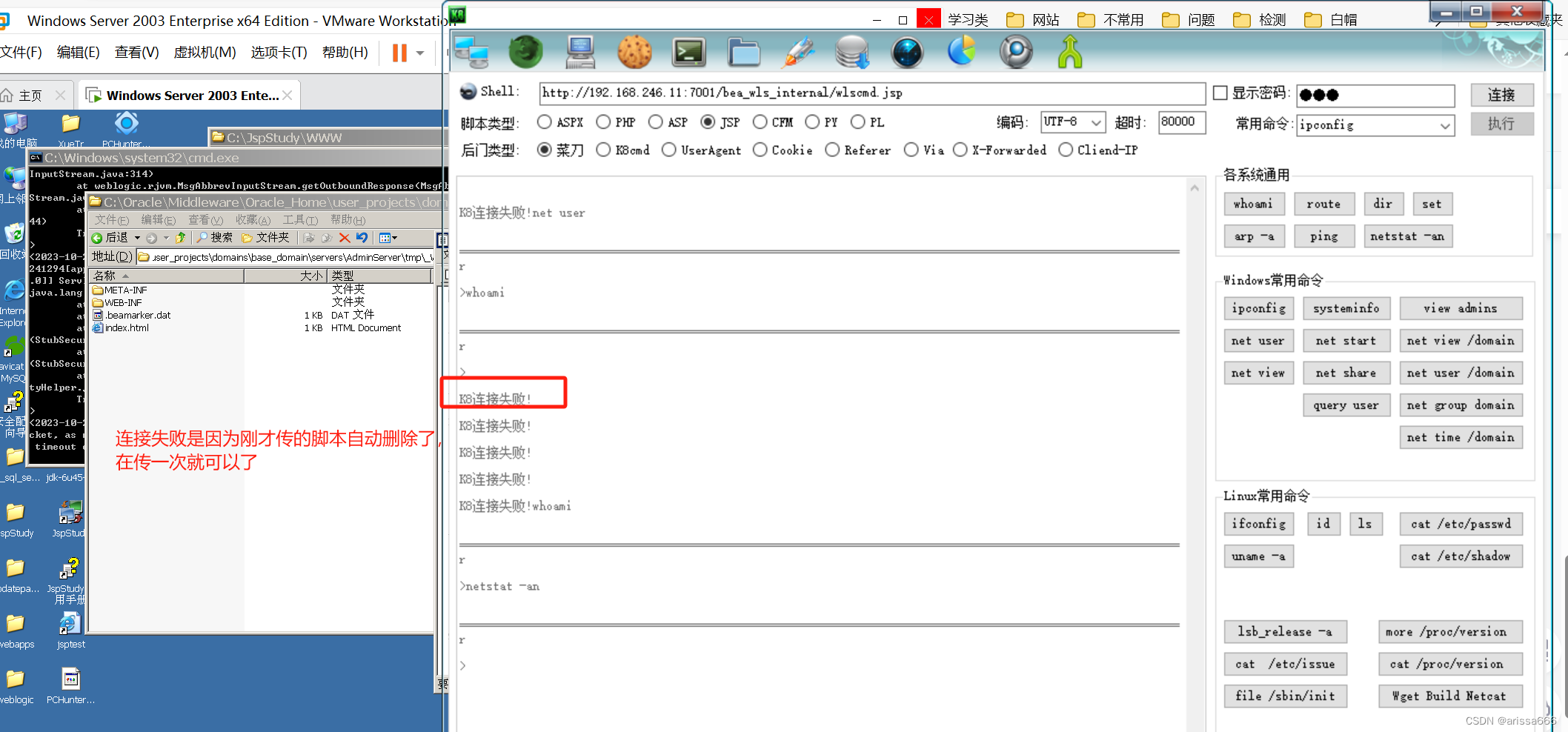





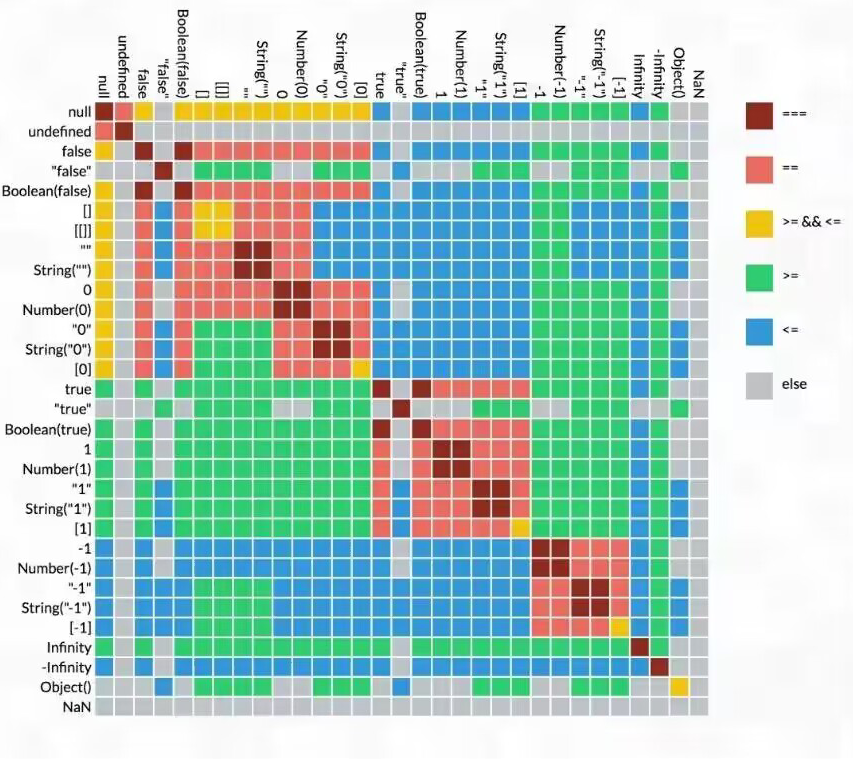
![[React源码解析] React的设计理念和源码架构 (一)](https://img-blog.csdnimg.cn/75242141fe5646f2a123486823875d6a.png)

